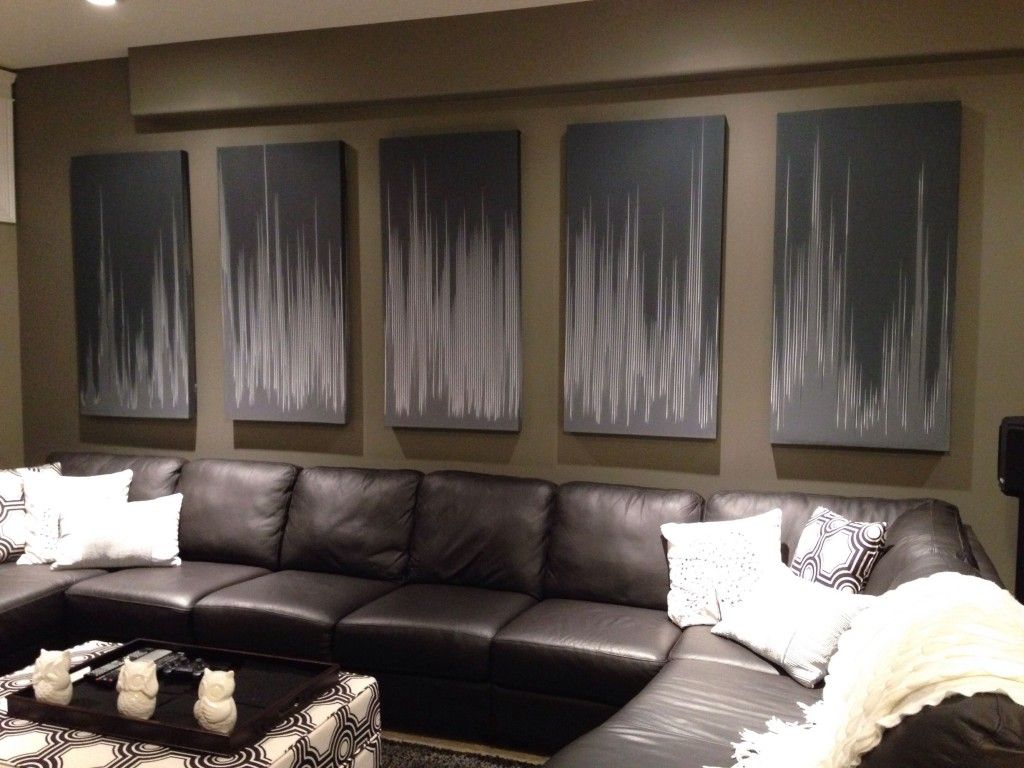
Acoustic panels with artwork can be both a blessing and a curse. Let’s examine how acoustic panels with artwork function to understand the dilemma that this process produces. Whether we are talking about acoustic panels or acoustic panels with artwork, the process we are talking about is sound absorption. There are two main processes we use with acoustics.
We have sound absorption and sound diffusion panels. Sound diffusion panels spread sound out in certain directions. Their goal is to make a small room sound larger. Sound absorption panels are usually called acoustic panels. They can be acoustic panels or acoustic panels with artwork. Let’s examine how all of these panels work and then we can decide if acoustic panels with artwork are the right choice for your project.
Read more about our Acoustic Foam StudioPro here.
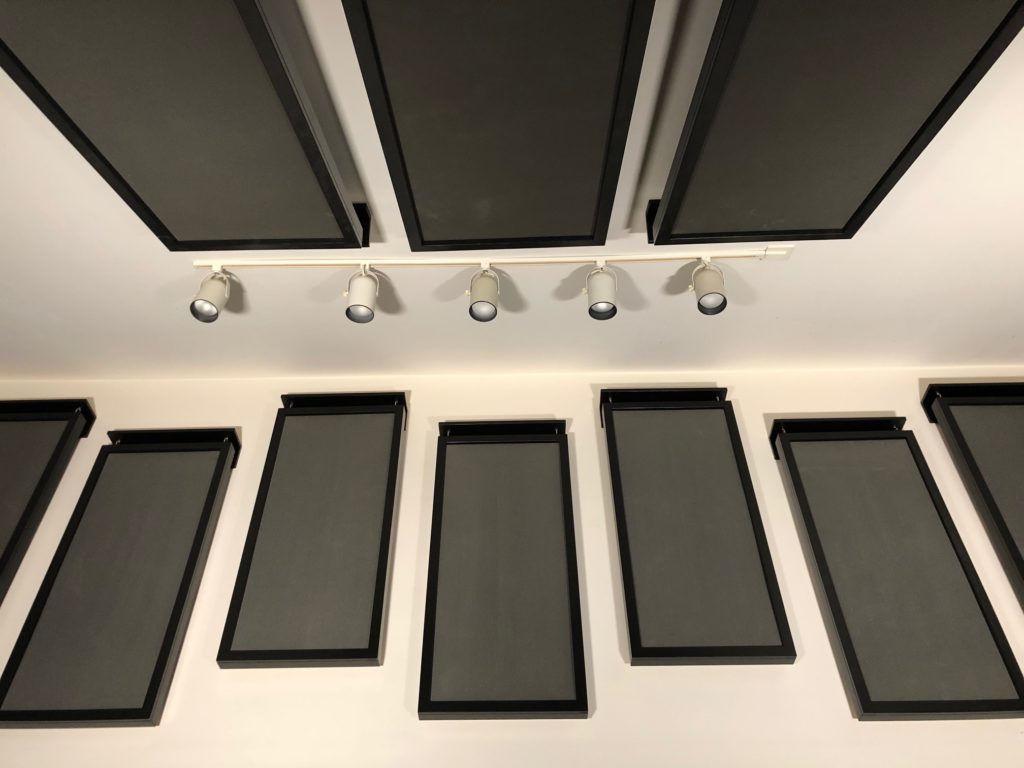
Sound Absorption Through Air Friction
Acoustic panels with artwork or without work by air flowing across their surface area. The movement of air across the surface area of the panel produces friction. Friction then produces heat which produces an energy transformation. This energy transformation from air movement to friction to heat produces sound absorption. It is sound absorption for middle and high frequency energy.
Air movement has no applicability when it comes to low frequency energy. Lower frequency energy is a pressure based issue that requires a pressure based technology to treat. Acoustic panels with artwork are using air movement to function for the absorption of middle and high frequency absorption. In order for any acoustic panel to work properly and achieve maximum performance, we must have maximum air flow across their surface area.
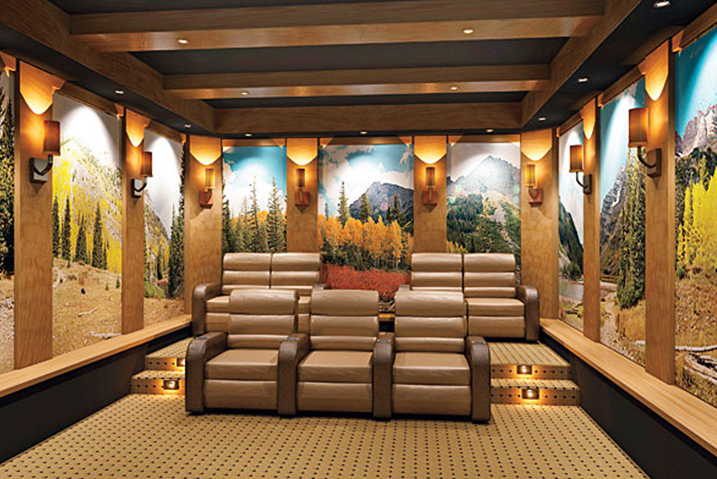
Acoustic Fabrics for Acoustic Panels with Artwork
When we design middle and high frequency panels, we must design for maximum air flow. Since airflow is the critical objective and most acoustic panels with artwork have fabric across them, we must choose a fabric that allows for maximum air flow. This process is termed air permeability. We must choose a fabric that allows for maximum air flow in order to achieve maximum performance.
There are very few companies that produce fabrics that allow for 90 – 95% air flow through them so the air can reach the chosen absorption material inside the acoustic panel. One such company that we have used for over 16 years is Guilford of Maine. They have numerous fabric colors along with textures to fit any decor. We also must understand that any fabric covering will reduce the airflow across the material type inside the panel. This will result in using more panels to achieve the desired reverberation times.
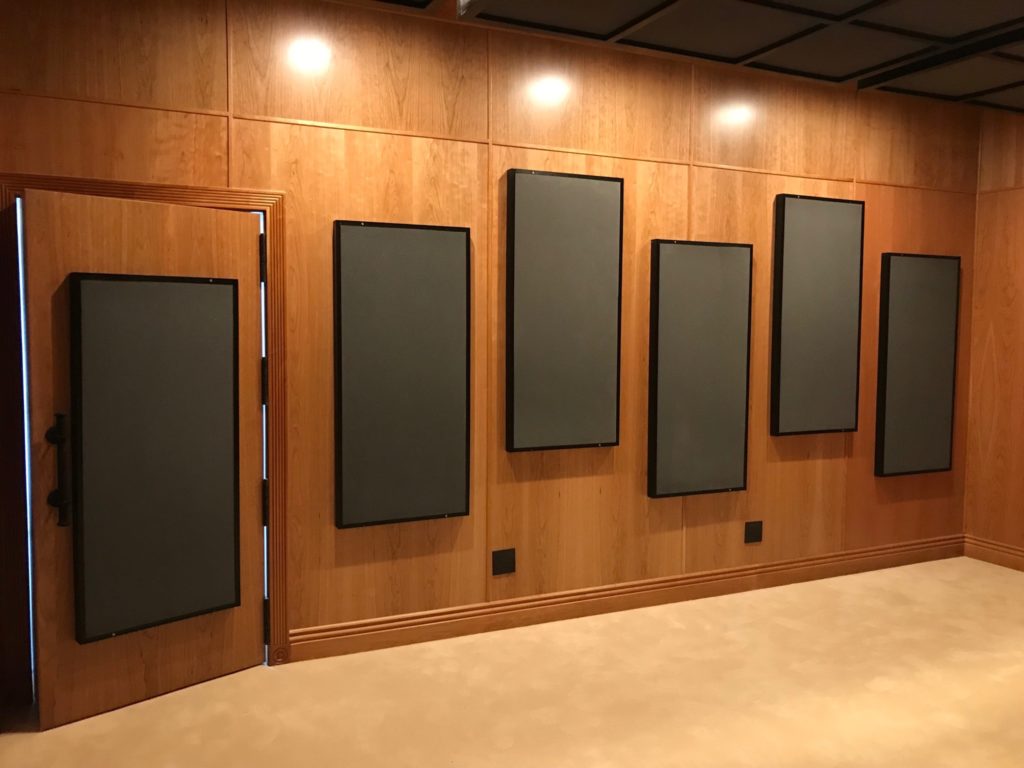
Reverberation & Speech Intelligibility
Reverberation is defined as how long a sound stays around within the room after it has been sung, spoken, or played. Reverberation is produced by the reflections from the walls, floor, and ceiling within the room. Every surface within the room contributes around 17 % to the total reverberation times within the room. High reverberation times interfere with speech intelligibility. Speech intelligibility is defined as how many words in a 10 word sentence can you hear clearly. Reverberation confuses speech and music.
Have you ever been to church and you can not hear what the leader of the church is saying? Then the choir starts to sing and combined with the poor speech intelligibility it is mass audio confusion. The goal of the church is to communicate a message through the spoken word using the musical word to support the spoken word. With high reverberation times, both speech and music intelligibility will suffer.
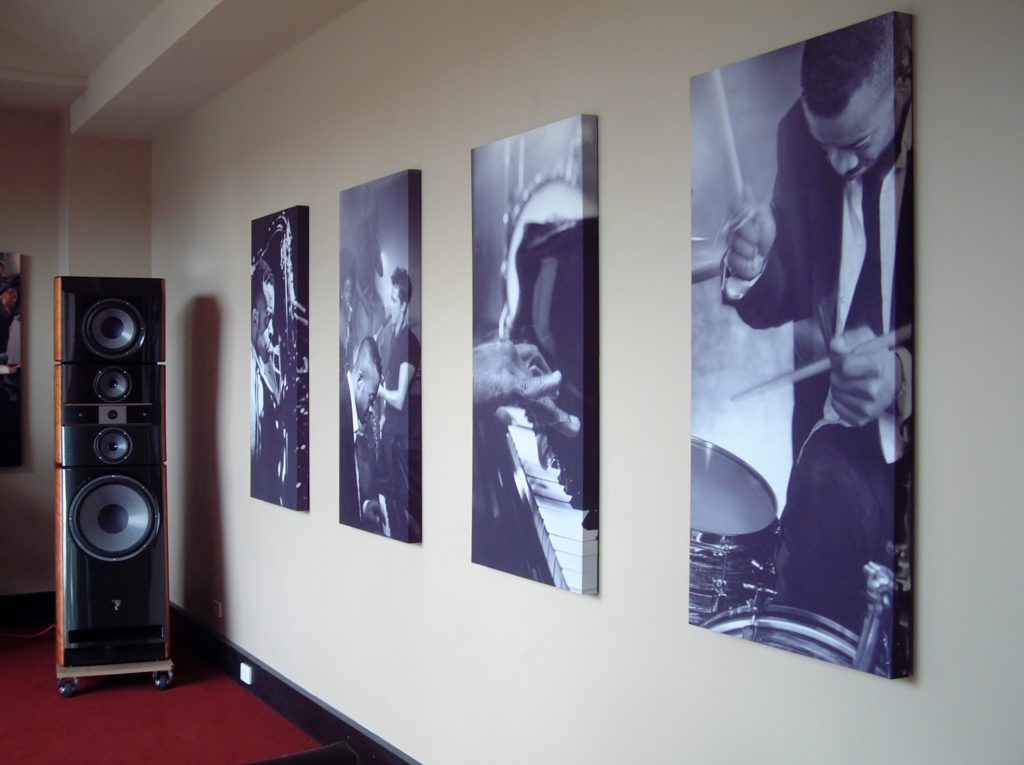
Cover At Least 50% of Room Surfaces in Acoustic Panels
In order to treat high reverberation times, we must cover the offending surface area with sound absorption technology. Most surface areas will require at least a 50% surface area coverage with the proper rate and level of absorption in order to minimize the impact of reflections from the walls, floor, and ceiling. In order to reduce high reverberation times to better match the usage within the room, the room must have space available on each wall surface area and in some cases you may need to treat the ceiling.
Everything depends on the amount of energy that is produced within the room, how large the room is and if there is going to be sound reinforcement used within the room. Acoustic panels with artwork will reduce the air flow across the surface area which minimizes the performance to a point you may have to double the amount of acoustic panels with artwork to achieve the same results as panels not covered with artwork.


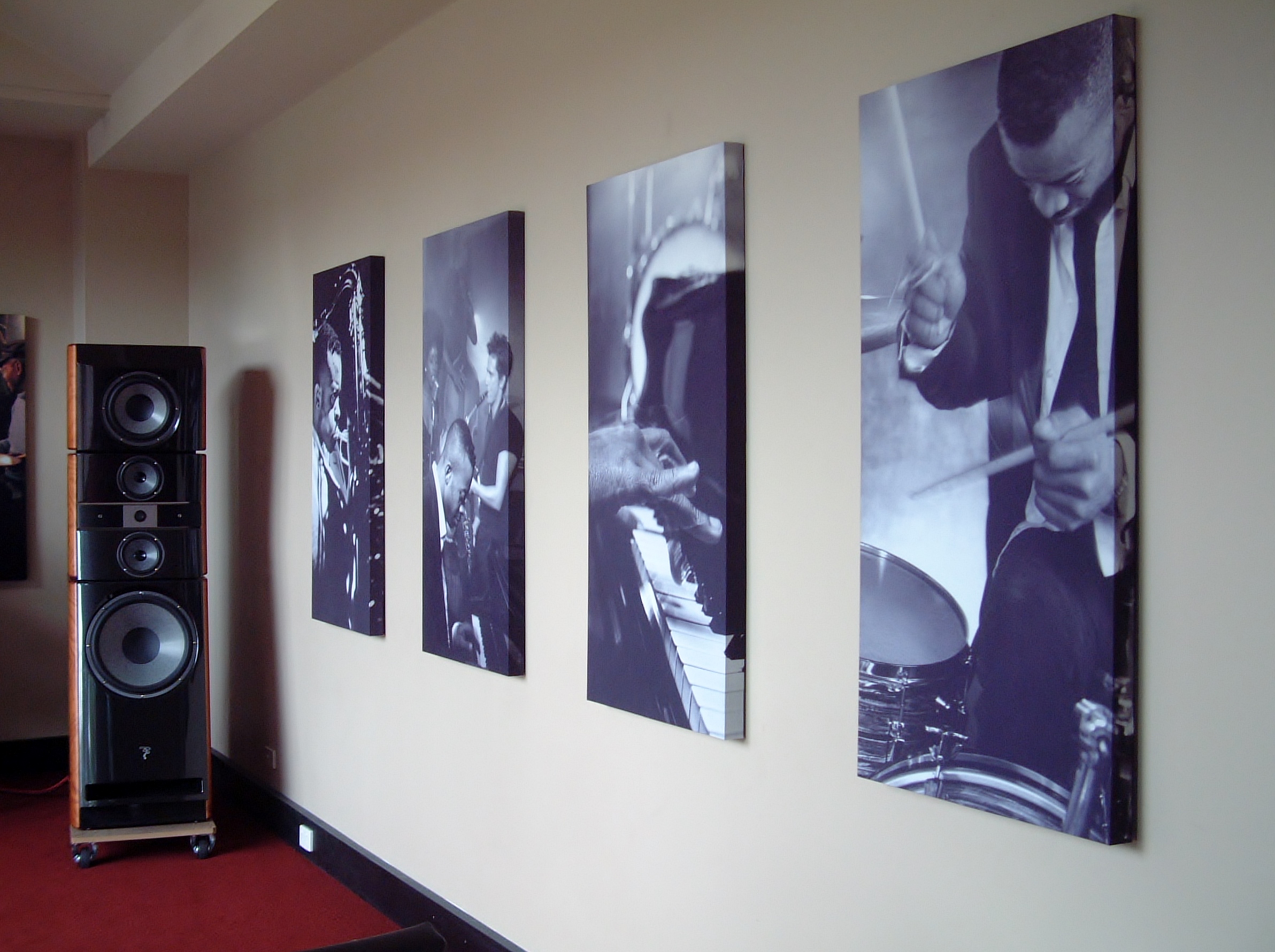





The discussion on ductwork noise transmission from Acoustic Fields highlights crucial aspects of HVAC system acoustics. The movement of air…
Great build plans. thank you Denis
You must use absorption. Never place a chair against a wall.
A friend and I built several diffusors using these plans and they turned out absolutely beautiful. Very good instructions and…